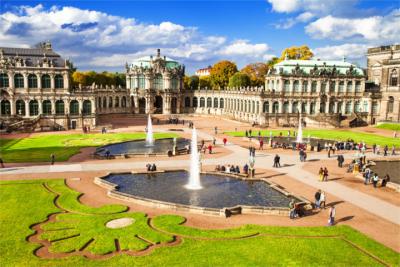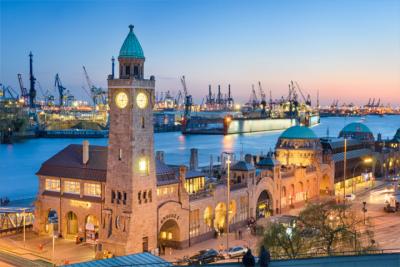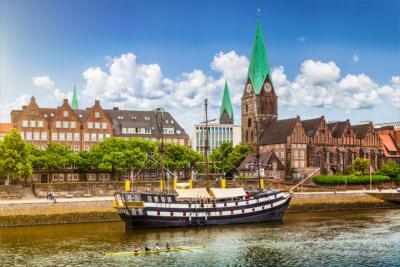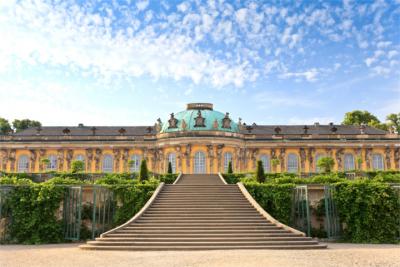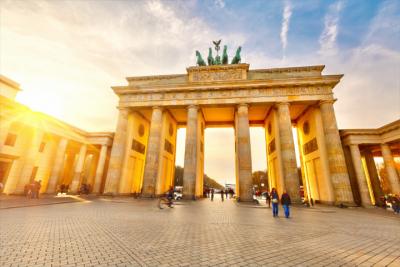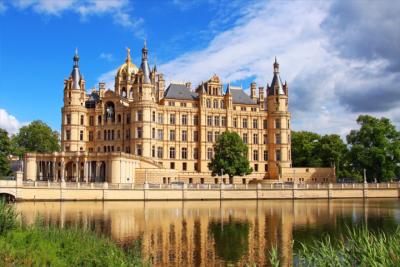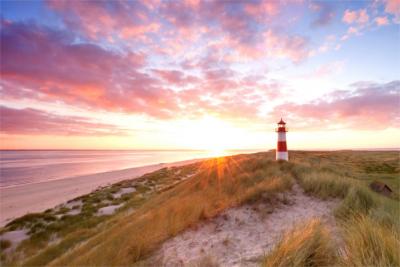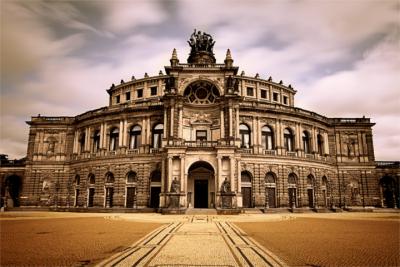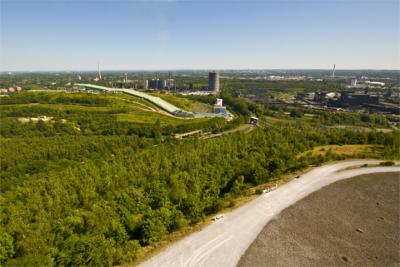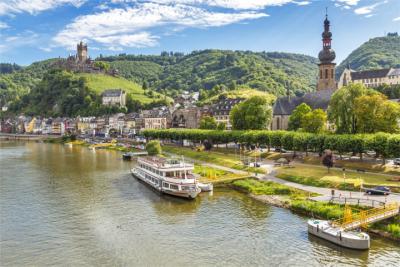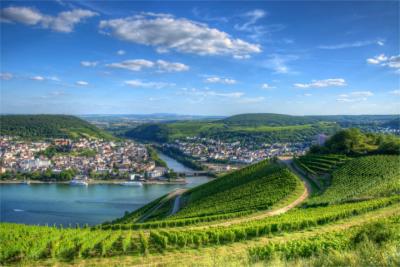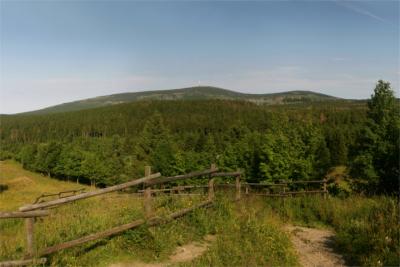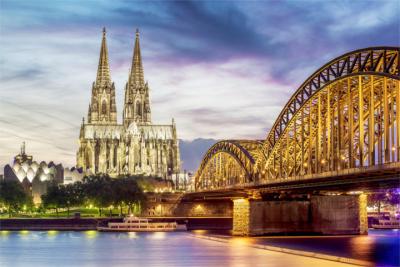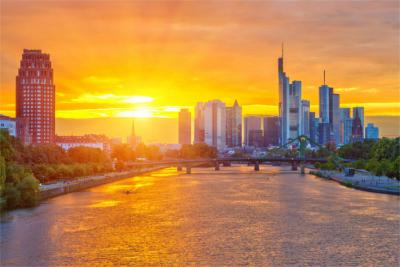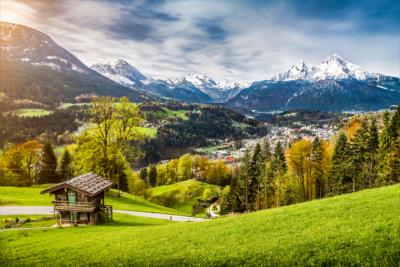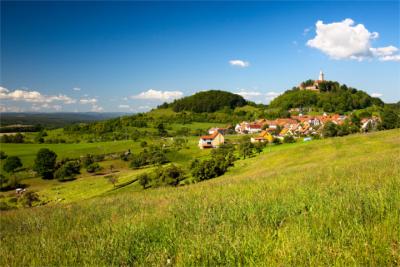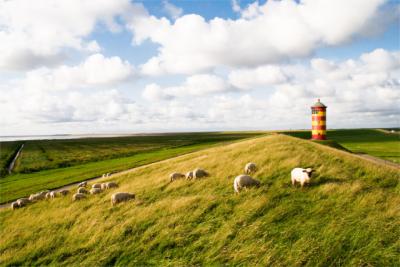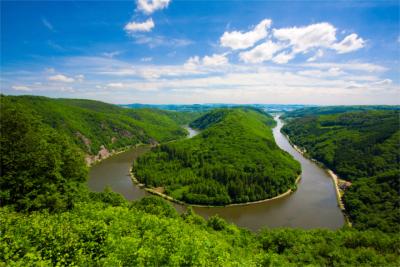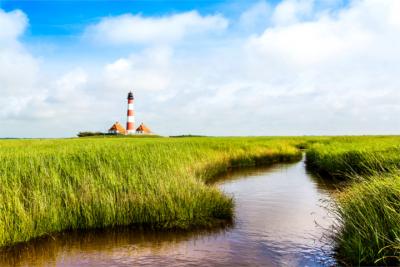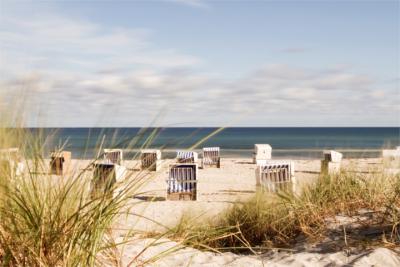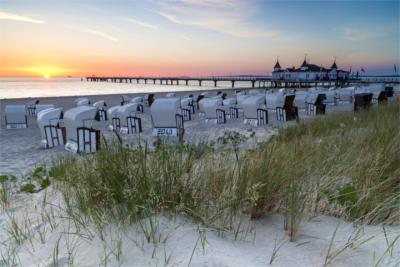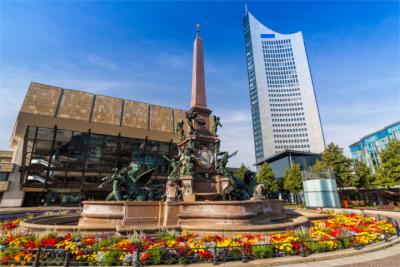Travel Offers
Travelmyne Featureprint
Distance
Dresden - The Saxon Florence
Dresden is a beautiful city, which is considered one of the most important centres for art and culture in Europe with its Baroque and Mediterranean architecture and its impressive art collections. Its position at the Elbe and the numerous green spaces unite city and nature.

Geography - The green city at the Elbe
Dresden is the capital of the Free State of Saxony and lies in Central East Germany. Dresden is enclosed by the Lausitzer Granitplatte, the Eastern Ore Mountains and the Elbe Sandstone Mountains in the Dresden Basin. It is crossed by the Elbe, which dominates the urban image. Dresden has an area of 328.31 km² and about 541,000 inhabitants. With a 63 percent proportion of green spaces and forests, it is one of the greenest cities in Europe. The Dresden Heath and the Elbe meadows constitute the greatest parts. In addition, there are three nature reserves, eleven nature preserves, three bird reserves and numerous listed parks, avenues, gardens and cemeteries. Due to the position in the Elbe valley, the climate is warm temperate.

Culture - Baroque architecture and impressive art collections
Although Dresden was first mentioned in a document in 1206, we can assume that it was settled by Slavic tribes long before that. The city's name is derived from the Slavic word "Drježdźany" and means as much as "inhabitant of a marsh or alluvial forest". Today, Dresden most of all known as an important European centre for art, culture and history. Due to the Baroque and Mediterranean architecture, the gigantic art collection and the position at the river, Dresden is also referred to as the "Elbflorenz" ("Florence of the Elbe"). Magnificent buildings and lush parks give the city a unique urban image. Most of Dresden's sights and attractions are located in its old town. You find tourist highlights such as the Semperoper, the Frauenkirche, the Zwinger Palace, Dresden Castle, the Fürstenzug ("Procession of Princes", a gigantic mosaic painting) and Brühl's Terrace, which is also known as "The Balcony of Europe". The three Elbe castles (Eckberg, Albrechtsburg and Lingner Castle), the Panometer, the Großer Garten, the Yenidze, the Japanese Palace (Japanisches Palais) and the Johanneum are also worth seeing. Dresden is world-famous for its State Art Collections (Staatliche Kunstsammlungen). The latter include the Old Masters Gallery (Gemäldegalerie Alter Meister), the Green Vault (Grünes Gewölbe), the Porcelain Collection, the Sculpture Collection (Skulpturensammlung), the Collection of Prints (Kupferstichkabinett), the Dresden Armoury, the Royal Cabinet of Mathematical and Physical Instruments (Mathematisch-Physikalische Salon) and the New Masters Gallery (Galerie Neuer Meister). Other important museums are the German Hygiene Museum, the Dresden City Museum, the Dresden Transport Museum and the Albertinum (a modern art museum).

Experience - Shopping and eating out in a scenic ambience
In recent years, Dresden has developed into a shopping paradise. The shopping mile between the main station and Neustadt offers everything the heart desires from small shops to noble boutiques. In addition, Dresden offers a wide range of restaurants. The Neumarkt square accommodates numerous restaurants, from which you have a view of the magnificent Frauenkirche. Specialities from Dresden are Russisch Brot, Dresdner Stollen, Dominosteine, Pflaumentoffel and Quarkkäulchen. There are many opportunities for going out or spending an evening with friends. While the outer Neustadt offers a great number of bars and pubs, you find several clubs and discos in the industrial district. Popular events in the city are the International Dixieland Festival in May, the Elbhangfest in June and the Strietzelmarkt, Germany's oldest Christmas market.

Activities - The Elbe and Elbe meadows as a leisure paradise
The Elbe meadows cross the city on a length of about 30 kilometres. They are easily accessible from many districts and are therefore used as a local recreation area for walking, doing sports and celebrating. Travellers can take part in various themed or costume tours, visit the city's excellent museums or go up and down the Elbe in a steam boat. You can go on a sightseeing tour by bus or explore the beautiful city under your own steam - on foot, with a Segway or by bike. The popular Elbe Cycle Route, which runs along the Elbe, invites holidaymakers to long cycling tours. Popular sporting activities are skating, climbing in one of the many climbing forests, canoeing on the Elbe as well as golfing in summer and ice skating in winter.

Information
Dresden has an international airport, from which you can fly to European countries and a number of German cities. Arriving by train and car is unproblematic too. The city has a very well developed public transport network with buses, trams and Elbe ferries.
A city trip to Dresden is ideally suited for art and culture enthusiasts but also for all travellers who want to enjoy the advantages of a big city and relax in nature.

